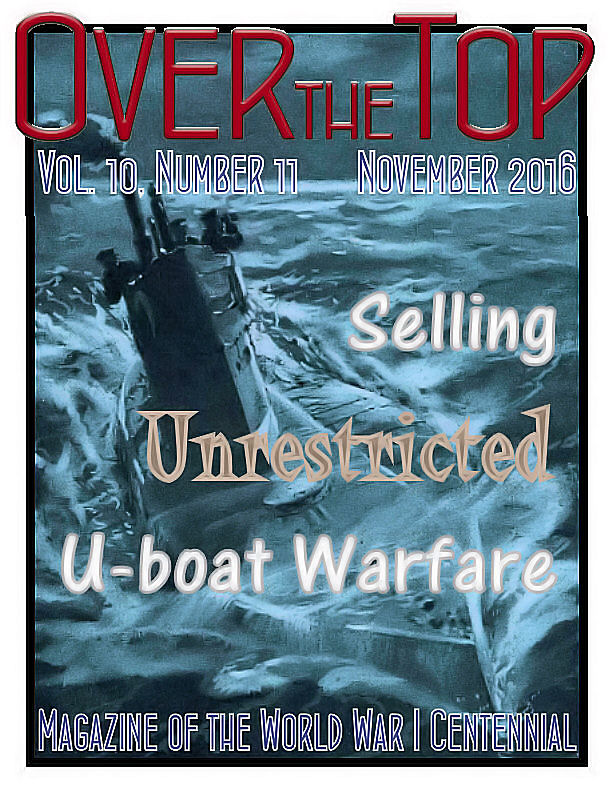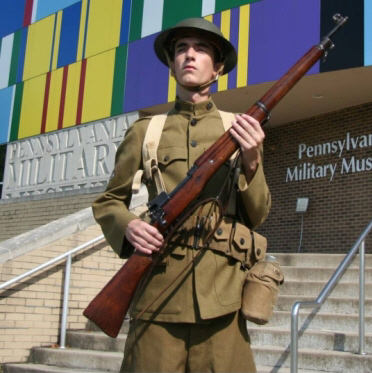
November
2016 |
 |
|
|
Fourteenth
Anniversary Issue
|


Why World War One?
I recently was asked to do an email interview with the World War One Centennial Commission about my interest in the war. After I submitted my responses, I realized that my reply to their main question was a paraphrase of something I wrote in this column several years ago. I thought for this anniversary issue that it would be appropriate to restate what I wrote in April 2012:
I simply find the war and the surrounding events endlessly interesting. Besides the great historical episodes and the forces they set loose, the period has its own music, art, and literature, unique mythological and archeological dimensions, an endless supply of heroes and villains, science and technology accelerated at a blinding pace, and myriad opportunities to reflect on man's fate given his capacities for wishful thinking and destruction. Yet they "soldiered on" despite all. James Michener in his great travel book Iberia pointed out that the best way to educate yourself about how the world works is to pick out one area or culture and learn everything you can about it, from history to geology to theology. For me, the Great War of 1914-1918 provides a perfect opportunity for doing this.
MH

|
2016
1916 — TOTAL WAR Symposium
4-5 November, 2016 at the National World War One Museum, Kansas City, MO. Explore the pivotal year of 1916, where global socio-political tensions created by World War I continued escalation and irrevocably changed the economic, military, and cultural landscape of the world. DETAILS
|
Folies Bergère at War
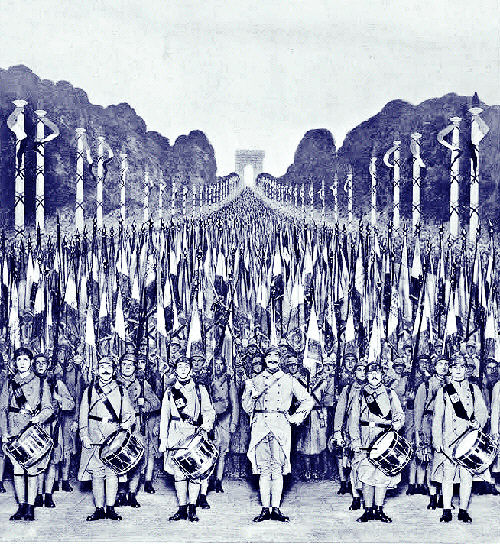
1918 Victory Tableau
|
Remember Our Veterans of All Wars
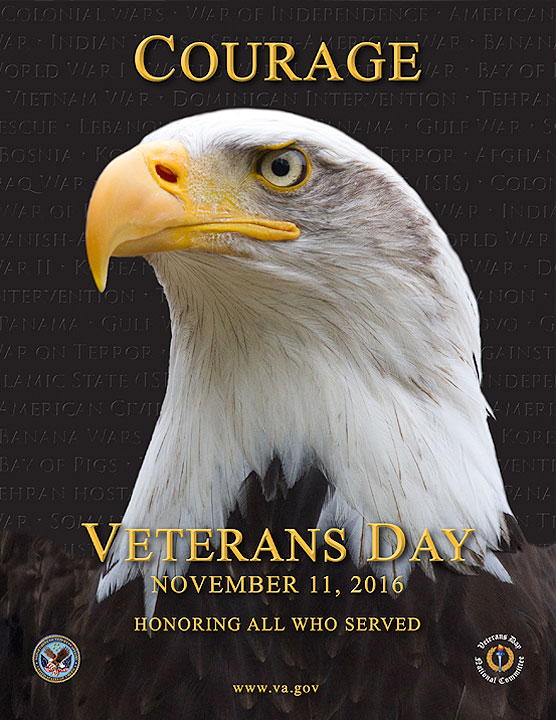

Our Veterans
In honor of America's Veterans Day, we are looking at how the surviving Doughboy veterans of America were received and treated when they returned home.
 'Brotherhood of the Damned': The Doughboys Return From the World War
'Brotherhood of the Damned': The Doughboys Return From the World War
 Rehabilitation of WWI Veterans
Rehabilitation of WWI Veterans
 PTSD and World War I
PTSD and World War I
 Veterans Bureau Scandal
Veterans Bureau Scandal
 The Sad Tale of the Bonus Marchers
The Sad Tale of the Bonus Marchers
 C-Span Interview with Professor Jennifer Keene on the Heritage of America's WWI Veterans (Video)
C-Span Interview with Professor Jennifer Keene on the Heritage of America's WWI Veterans (Video)
 Armistice to Veterans Day
Armistice to Veterans Day

The Greatest Balloon Buster of the War
Readers are probably familiar with the exploits of Lt. Frank Luke of the 27th U.S. Aero Squadron, who made a specialty of attacking highlydefended enemy observation balloons, earning him the nickname of the "Balloon Buster." The Arizonan shot down an amazing 14 balloons, plus four fighters, during just ten sorties in September 1918. However, his spectacular career was brief. Luke was shot down and killed on 29 September. The leading balloon buster of the war was actually a Belgian pilot, Willy Coppens, who, in little over a year, destroyed 35 observation balloons. His intense and dangerous war service ended in October 1918, when he was hit by flak while trying to down his second balloon of the day. His left leg was smashed and had to be amputated, but he lived until 1986. Some of our readers have told me about meeting Willy; he became one of the grand old men of World War I aviation.

Winter Approaches
Colonel Cold strode up the line
(tabs of rime and spurs of ice);
stiffened all that met his glare
horses, men, and lice.
Visited a forward post,
left them burning, ear to foot;
fingers stuck to biting steel,
toes to frozen boot. . .
Edgell Rickword, "Winter Warfare"
|

|

U.S. Centennial Organizations & Resources
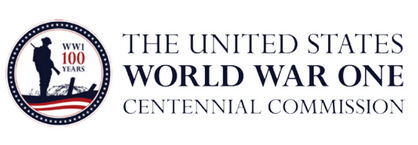
worldwar-1centennial.org/
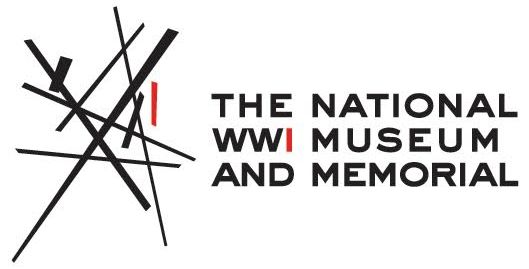
theworldwar.org/
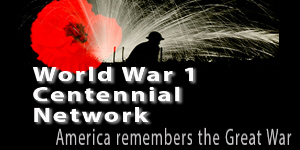
www.ww1-centennial.org/
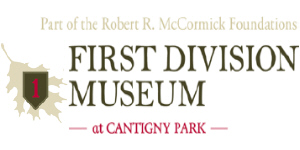
www.firstdivisionmuseum.org/

www.abmc.gov/
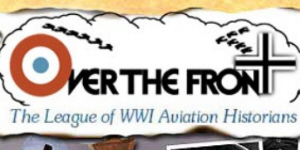
www.overthefront.com/
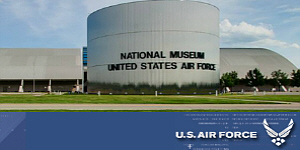
www.nationalmuseum.af.mil/
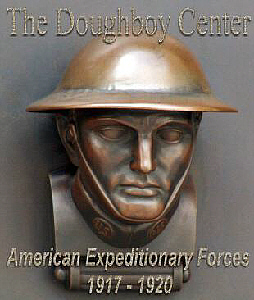
www.worldwar1.com/dbc/

facebook.com/wwiinventory

wisconsinhistory.org/

www.uswarmemorials.org/

www.macarthurmemorial.org/

www.saving-hallowed-ground.org/
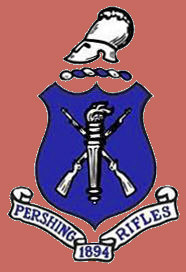
www.theprgroup.org/

pamilmuseum.org/
Support Worldwar1.com's Centennial Effort
Shop at Amazon.com
|
The Centennial Ticker
A Major American Art Exhibit Opens in Philadelphia

Gifford Beal, On the Hudson at Newburgh (Philips Collection)
The first major museum exhibition to revisit this unprecedented global event through the eyes of American artists, World War I and American Art opens on 4 November at the Pennsylvania Academy of the Fine Arts. It will run until 9 April in Philadelphia The war's impact on art and culture was enormous, as nearly all of the era's major American artists interpreted their experiences, opinions and perceptions of the conflict through their work. The exhibition's approximately 160 works by such artists as George Bellows, John Steuart Curry, Howard Chandler Christy, James Montgomery Flagg, Childe Hassam, Georgia O'Keeffe, and, Horace Pippin. After it closes next April, the exhibit will move to the New York Historical Society and then Nashville's Frist Center for the Visual Arts for the remainder of 2017. DETAILS
A Big Success in Norfolk, Virginia
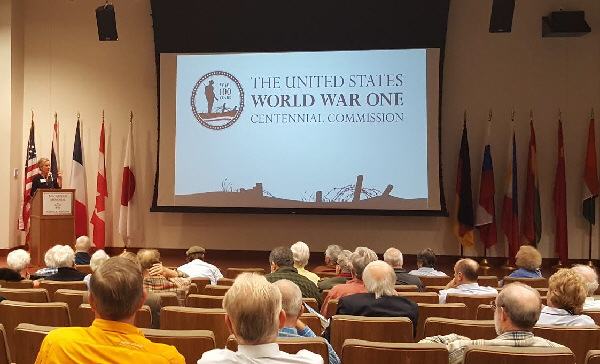
World War I Commissioner Monique Seefried Welcomes
the Audience
The World War I Historical Association, the General Douglas MacArthur Foundation, and the World War One Centennial Commission collaborated on the first of two national symposia this fall dedicated to remembering the Centennial. The event on 21-22 October in Norfolk, VA, at the impressive MacArthur Memorial. The program had the seductive theme of "1916: Sex, Planes, and Disasters," and apparently the sponsors delivered. I've had some nice comments from some our readers who were able to attend. By the way, the National Museum in Kansas City is holding a similar event this month on the 4th and 5th. A link for registration and program information can be found on Page One above.
Welcome to the Pennsylvania Military Museum
You might notice that we have added another recommended resource for the World War I Centennial in the column on the left. It is the Pennsylvania Military Museum, part of the Pennsylvania Military Memorial at Boalsburg, PA. It is a place dear to my heart. It's located in an area known as "Happy Valley," where I spent two tours of duty as an undergraduate and graduate student at the local university. In those long-ago days, the establishment was known as the 28th Division Shrine, and focused strongly on the service of that division, a National Guard formation made up primarily of Pennsylvanians, which saw heavy service in both World Wars. Since its museum had a serious display of World War I stuff, weapons, an ambulance, and trench scene included, it helped inspire my long-term interest in the war.
The organization's scope has expanded since I regularly visited it, but the current management has not forgotten its roots in commemorating Pennsylvania's sacrifices of 1918.
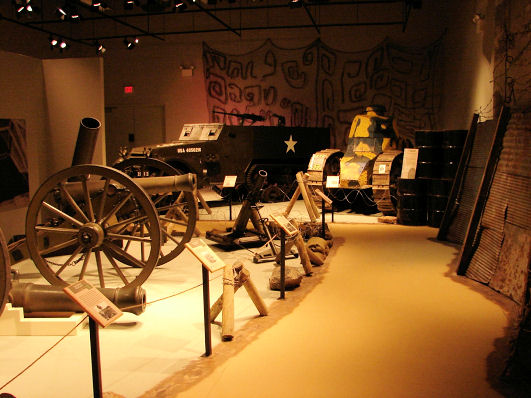
Yes, That's an FT-17 Renault Tank in the Corner
Just Like George Patton Led at St. Mihiel and the Argonne
I have received a preview of their April 2017 program to commemorate America's entry into the war. Every weekend of the month features major "happenings" at the museum, including history talks, films, reeenactments, and discussions of artifacts in the museum's collection. If you are going to be anywhere near central Pennsylvania, especially during next April, do try to get to Boalsburg. We will give updates on their commemorative efforts in future issues of the Trip-Wire.
Do Something Locally
for Veterans (Armistice) Day

Sgt. Ralph Cline, 64th Infantry, 7th Division, AEF
Around 11 November each year the best way you can honor the memory of all Americans who have served our country, including the World War I generation, is to attend an event in their honor. TV or the Internet just doesn't do it. You need to interact with their history to honor someone. We can't list events scheduled for every community in the nation in the Trip-Wire, of course, but we can ask you to check your local news, websites, and so forth. You will, I'm sure, be able to find a parade, an event at the local war memorial, veteran's hall, or cemetery, or some educational event at your local library that you can attend. And you might just make a surprise connection or discovery.
That happened once to the painter Andrew Wyeth. He discovered one of his most famous subjects at a Veterans Day parade in Maine. He realized that the old soldier was the epitome of a proud and patriotic American. Wyeth described his Maine neighbor as, "Absolutely the patriot. The American flag means everything to him. Kind of man that fought at Concord Bridge." In 1964 Cline sat for the portrait shown above that came to be titled "The Patriot".
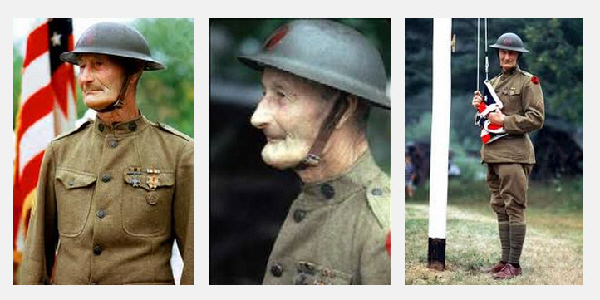
Every November Ralph Broke Out His Uniform for Ceremonies
His subject, Ralph Cline (1894-1976), enlisted in April 1917 and served in Company B, 64th Infantry, 7th Division of the AEF, which was in action the last days of the war in the St. Mihiel sector. After the war, he returned to Maine for the rest of his life, working first as a lobsterman and then settling on operating a sawmill. He married Miriam Crockett in 1927; they had three children together and remained married for 50 years. During World War II, Cline served in the Maine State Guard Reserves, a militia unit formed to replace the state's National Guard troops, who had been called to federal service. Later, both his son Ralph, Jr., and grandson, Ralph III, followed the family tradition of military service.
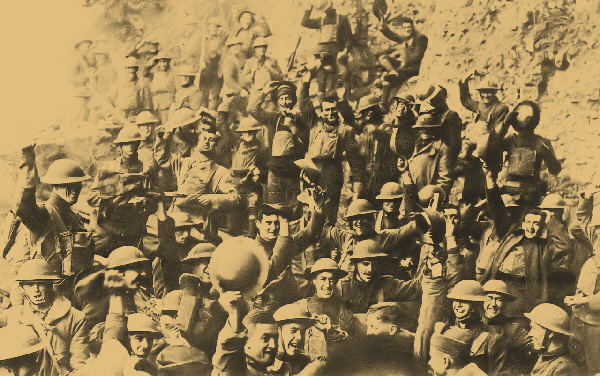
64th Infantry, 7th Division at the Armistice
It's Not Known If Ralph Cline Is in This Photo
|
|

18 November 1916
After 142 Days the Battle of the Somme Ends
The final three weeks of the Somme featured some efforts by the British Army to tidy up the front lines and pretty-up a costly venture that had actually failed to achieve any of its original strategic aims. Two actions during the period were microcosms of the full battle. These were the attacks on a man made hill, the Butte de Warlencourt, and the village of Beaumont Hamel.
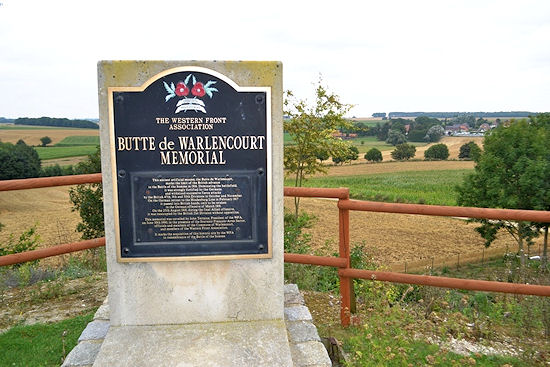
The View from Atop the Butte de Warlencourt Today
The Butte de Warlencourt, a prehistoric burial mound on the side of the Albert to Bapaume Road, was, during the 1916 Battle of the Somme, a position of great strength for the Germans. It was fortified with barbed wire, riddled with tunnels, defended by machine guns and mortars, and stood as a sentinel in front of the major German trenches called Gird Trench and Gird Support.
As the British Army clawed its way forward over the Somme battlefield during the summer of 1916, the Butte, towering over the surrounding countryside, was of immense value to the Germans. By late September 1916 the front line had been pushed toward the nearby village of Le Sars.
It was not until 5 November that an all-out effort was made to take the Butte. This was undertaken by the 7th, 8th, and 9th Durham Light Infantry of the 50th (Northumbrian) Division. The attack by the Durhams was undertaken in appalling conditions. Despite heavy casualties, the 9th Durhams managed to take the Butte, only to be driven off by German counterattacks. Casualties in the three battalions amounted to 273 men killed plus many other wounded (over 80 of the fatalities are now buried in the nearby Warlencourt British Cemetery.)
Other than its brief capture, the Butte remained under German control throughout 1916. It was not until the German retirement to the Hindenburg Line in February 1917 that the Butte passed into British hands.

Rebuilt Beaumont Hamel from No-Man's-Land of 13 November 1916
Beaumont Hamel had been attacked on the first day of the Somme by the 29th Division. The attack had failed comprehensively despite the detonation of the large Hawthorn mine on the ridge overlooking the village. The line did not move an inch for almost 20 weeks.
This failure was an embarrassing, constant reminder that the Somme Offensive had never gone according to plan. As the winter approached, Sir Douglas Haig, who was scheduled to attend an Allied planning conference, needed some indicator that the situation was improving. He ordered the capture of Beaumont Hamel, committing more artillery to the sector than was available on 1 July. Also, since some of the mining tunnels were still open under Hawthorn Ridge, the big mine was reloaded. The German front line over it had been re-fortified.
The attack was to be carried out by the Fifth Army with the 2nd Corps South of the Ancre River bank and the Vth Corps north of the river. The Vth Corps attack would have the 63rd Division on the right, 51st Highland Division and 2nd Division in the center, and the 3rd Division on the left with the 37th Division in reserve.
The attack had been originally planned for 24 October, but primarily because of torrential rain there were a number of delays until the attack was eventually scheduled for 13 November. The mine went off at 0545, and the 51st Highland Division overran the German line and captured the village, Y-Ravine, and what is now known as Newfoundland Memorial Park. It was the only success of the broader assault that day. For the next five days the British divisions along the Ancre inched along the river banks, but by 18 November there was no point in proceeding. The Battle of the Somme had come to its end.
|
|

Announcing Our 2018 AEF: Pershing's Doughboys Tour
AND
Now Accepting Bookings for Our 2017 Flanders & Caporetto Centennial Tours

1918—2018 AEF: Pershing's Doughboys Centennial
Valor Tours is happy to announce its 2018 AEF: Pershing's Doughboys Centennial Tour. We will be visiting all the major battlefields, memorials, and cemeteries of the Doughboys in France and Flanders. It's also designed to help families visit the sites where their members served on the Western Front. We will take you to your their relative went over the top and help organize a commemorative event in their memory.
7 – 17 August 2018: Comprehensive Study of the American Expeditionary Force
Includes: All major battles, memorials, cemeteries and service sites of your family members.
We offer a 10% discount for early (6 months) payment, 5% for early deposit. The full brochure covering the trip and registration details can now be downloaded at:
http://www.worldwar1.com/pdf/WWI_2018_AEF.pdf

1918—2018 AEF: Pershing's Doughboys Centennial
We are accepting bookings for our two 2017 WWI Centennial Tours:
8 – 15 May 2017: Flanders 1917 Campaign
Includes: Vimy Ridge, Messines, and Passchendaele
24 July – 3 August 2017: Caporetto and the Italian Front
Includes: The Eleven Battles of the Isonzo, Caporetto 1917, Monte Grappa, and the 1918 Line
We offer a 10% discount for early (6 months) payment, 5% for early deposit. The full brochure covering the trip and registration details can now be downloaded at:
http://www.worldwar1.com/pdf/ValorTours_2017Flyer.pdf
|
|
|

|

This Month's Recommended Great War Reading
Announcing Our
1917-2017 Centennial Recommendations
If 1916 was the year when the war seemed to have turned a corner, then 1917 was the year everyone's perception of it was turned insideout and upside down. On new years it was the Germans who appeared exhausted after Verdun and the Somme. In an act of desperation and self-deception, they would make a decision to unleash their U-boats and bring America into the war that in hindsight seems mad. But — through most of 1917 — the gamble seemed to have paid off. In the east, Russia would experience revolution and eventual defeat. The Allies would end the year discouraged by their failure on the Chemin des Dames and its aftermath in the spring and in Flanders over the summer and fall. Italy would suffer one of the greatest military defeats of the 20th century in October at Caporetto, and by year's end it seemed that Germany had a chance to win the war. By then, however, both sides also realized that several million fresh troops would soon be arriving from across the Atlantic. Everyone would again need to reevaluate strategy. Here are four books that should help you better understand the Great War in the tumultuous year of 1917.
The Italian Front
|
Flanders 1917
|
America Joins the War
|
Revolution in Russia
|
Looking for More Reading Material?
Worldwar1.com has a team of reviewers looking over the avalanche of new books on the war. Every Tuesday, we present a review of a new or classic work that we recommend at our Blog, Roads to the Great War (link).
|
|

1916 on the Isonzo
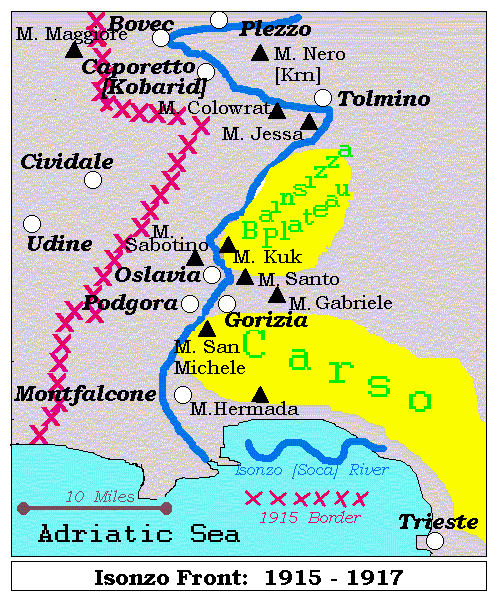
Sector Map
The 60-mile long valley of the Isonzo [today bearing the name Soca] River running from the Julian Alps south to the Adriatic Sea bisected the only practical area for offensive operations by the Italian Army during the Great War. Throughout most of the rest of the mountainous 400-mile length of the S-shaped Italian Front, the dominating positions almost everywhere were in the hands of the Austro-Hungarian forces. A Delimitation Commission following the War of 1866 had intentionally given Austria a highly defensible frontier. But by attacking across the coastal plain east of the lower end of the River, they could, so judged Supreme Commander Luigi Cadorna, feasibly acquire a series of territorial objectives from Gorizia to Trieste down to the Dalmatian Coast. Secondarily, farther to the north they believed they could leapfrog the mountains bracketing both sides of the Isonzo and strike a strategic blow against their opponent's rear.
When Italy entered the Great War in 1915, it had hoped to tilt the balance of force against the Central Powers, ending the war quickly and allowing the Allies to gain some long sought-after territorial gains on the cheap. Four offensives in 1915 were mounted in the hope of a quick breakthrough and the quick capture of Trieste, a jewel of the Austro-Hungarian Empire long sought by Italy but which the Dual-Monarchy could never surrender.
By the start of 1916, Italy understood they were engaged in a protracted total war placing undreamed-of social and economic strains on the nation. Italy's government and military had to justify this burden with some successes on the battlefield. Their new allies had also started placing demands on them to continue on the offensive to alleviate pressures on their fronts. Austria-Hungary, likewise, had mobilized its entire dual-empire to support its war effort and needed to keep popular support. Also, to inhibit the disintegration threatened by the growth of ethnocentric nationalism, they could not afford to surrender any territory. On the Isonzo, all of this meant that in 1916 Italy needed to continue attacking and Austria-Hungary needed to continue defending. The war of attrition would continue growing with both sides blind to the inevitable consequences.
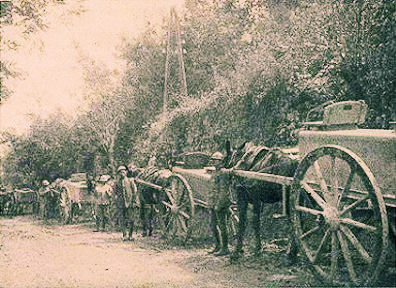
Italian Supply Column, Summer 1916
Five more battles were waged on the Isonzo Front in 1916. Here they are in summary.
Fifth Battle of the Isonzo
9-17 March 1916
In February of 1916 the German Army on the Western Front launched a tremendous assault on the city of Verdun and its surrounding fortress zone in northeast France. At a conference at Chantilly, France, Marshal Joffre requested that Italy and Russia take the offensive on their respective fronts to reduce pressure on the French forces. Cadorna ordered a broad, but halfhearted, offensive nearly immediately.
Probes were made at Tolmino, Gorizia, and the Carso. In most cases they were more demonstrations than full assaults. These died out after about a week because of bad weather and some bracing counterattacks staged by the Austrians, most notably at Santa Maria near Tolmino. The Italian Army also still needed more guns and artillery shells. A major Austrian attack in May from the Trentino on to the Asiago Plateau that threatened to break behind Italian positions and on to the Venetian Plain shifted focus from the Isonzo sector until late summer, when the situation on the Asiago Plateau had stabilized.
Sixth Battle of the Isonzo
4-17 August 1916
The Sixth Battle of the Isonzo is also known as the Battle of Gorizia after Italy's sole objective for the operation. For once, by practicing the principle of mass or concentration and limiting the initial battlefield to an eight-mile-wide front (widening the frontage later when success seemed possible), General Cadorna was able to align ten of his divisions against only two of his enemy's. This was made possible by the secrecy surrounding the preparations and his speed in switching back units from the Asiago sector.

Victorious Italian Troops Enter Gorizia, August 1916
The advance of three miles depth over the 15-mile front with the capture of several strategic targets was the first major offensive success by the Italian Army during the Great War. Italian morale temporarily soared, and on 29 August the government finally declared war on Germany. For their gains, the Italian Army had suffered 50,000 killed and wounded; on the defense, Austria-Hungary lost 42,000. Planning was initiated by Comando Supremo to expand the Gorizia bridgehead as soon as sufficient ordnance could be collected.
Seventh Battle of the Isonzo
14-17 September 1916
|
Eighth Battle of the Isonzo
10-12 October 1916
|
Ninth Battle of the Isonzo
1-4 November 1916
|
The next three battles on the Isonzo, all designed to expand the Gorizia bridgehead, were brief and bloody. Tactically, they featured sharp, uncoordinated local attacks on Austro-Hungarian positions which achieved some progress, but which, as usual, inflicted worse casualties on the attackers (75,000) than the defenders (63,000). These three grim battles probably started the downward spiral of morale in the Italian Army that would culminate a year later in the disaster of Caporetto. By the end of 1916 all the combatants along the Isonzo knew they were trapped in an inescapable war of attrition. Few, though, probably foresaw that even worse was coming in 1917.
This article is an abridgement of our major discussion of the Eleven Battles of the Isonzo, which can be found HERE at our La Grande Guerra website.
|
|
|
Thanks to each and every one of you who has contributed material for this issue. Until our next issue, your editor, Mike Hanlon. |
|
 (Or send it to a friend)
(Or send it to a friend)
|
Design by Shannon Niel
Content © Michael E. Hanlon
|
|
|










